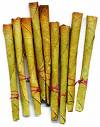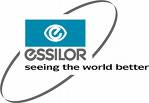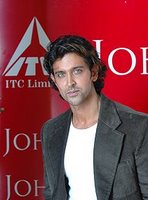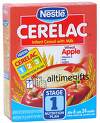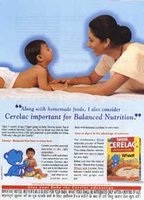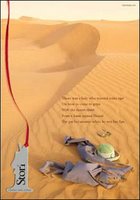Company: Karnataka Soaps &Detergents Ltd
Agency: MC&A
Brand Count : 149
 th a history dating from 1918 has survived in a market which is witnessing cut throat competition. Mysore Sandal Soap is manufactured by the Public sector company : Karnataka Soaps &Detergents ltd ( KSDL). Although this is a product from public sector, the brand has been able to create a unique place in the Indian consumer's mind.
th a history dating from 1918 has survived in a market which is witnessing cut throat competition. Mysore Sandal Soap is manufactured by the Public sector company : Karnataka Soaps &Detergents ltd ( KSDL). Although this is a product from public sector, the brand has been able to create a unique place in the Indian consumer's mind.Mysore Sandal Soap is made from pure sandal oil distilled in the state government's factory and the soap is devoid of any animal fat. Mysore sandal has the distinction of being the world's only soap with pure and real sandal oil. The sandal range has four products : super premium gold,baby soap,Winter version the normal sandal soap.
In the Rs 4500 crore Indian soap market, this brand has a minuscule share of only 80 crore ie 2%. The brand can be said to be a niche brand in the premium soap category.
According to the media reports, even the company officials feel that the brand has the potential to be a Rs
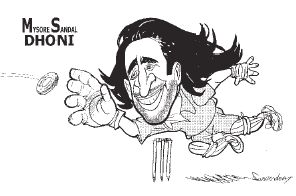 400 crore brand but since the resources for brand building and some laidbacknes has limited the growth of this brand.The TG of this brand is right now 40 year olds with majority of consumers in the southern state of TamilNadu.
400 crore brand but since the resources for brand building and some laidbacknes has limited the growth of this brand.The TG of this brand is right now 40 year olds with majority of consumers in the southern state of TamilNadu.The brand typically faces the problem that all heritage brands faces, that is to stay relevant to the new generation.Mysore Sandal is facing the issue that its loyal users are getting older and the new generations are moving to more visible brands.
2006 saw a very surprising move from KSDL. It roped in an unusual brand ambassador MS Dhoni to endorse the soap. The purpose was to make the brand attractive to the new generation. But whether Dhoni and Mysore sandal will fit is something to be seen. It will take some innovative marketing campaigns to merge the two different personalities: one the brand which is traditional and the model which is so modern and flamboyant. The current campaigns are ordinary which just shows Dhoni endorsing the brand.
This is a brand that does not need a model to endorse but what it needs is tonnes of marketing support interms of advertising campaigns ( in other words lots of money).The brand has a huge brand equity and recall. Those who have used this brand will vouch for its quality and fragrance.I would say that the potential of brand is such that it should look for extensions into perfumes and Deos. The brand is primarily seen a south Indian brand and to have a pan Indian presence calls for some serious investment. I feel that with a superior product like this , every penny spent on this brand will be worthwhile.
source: hindubusinessline,agencyfaqs







